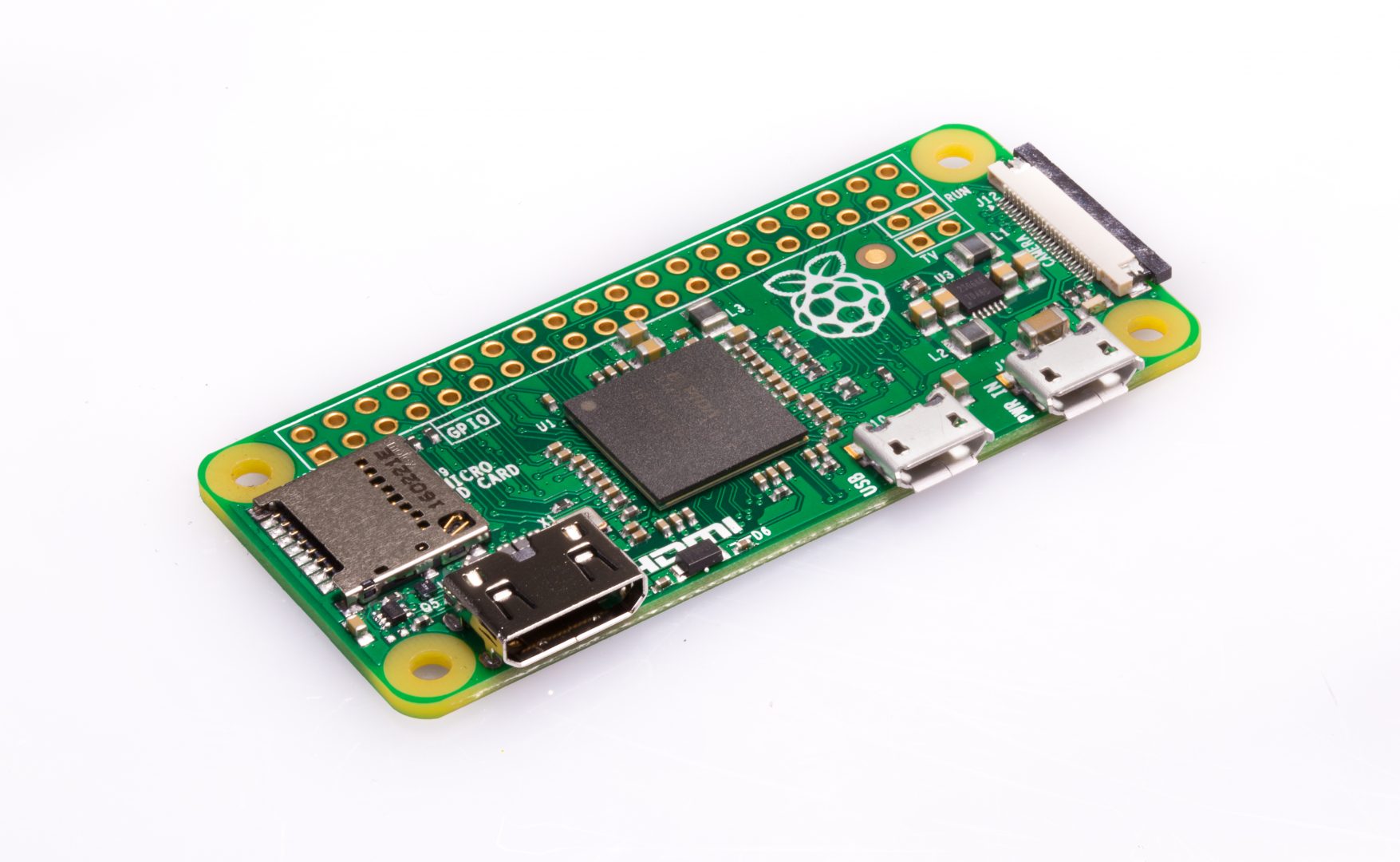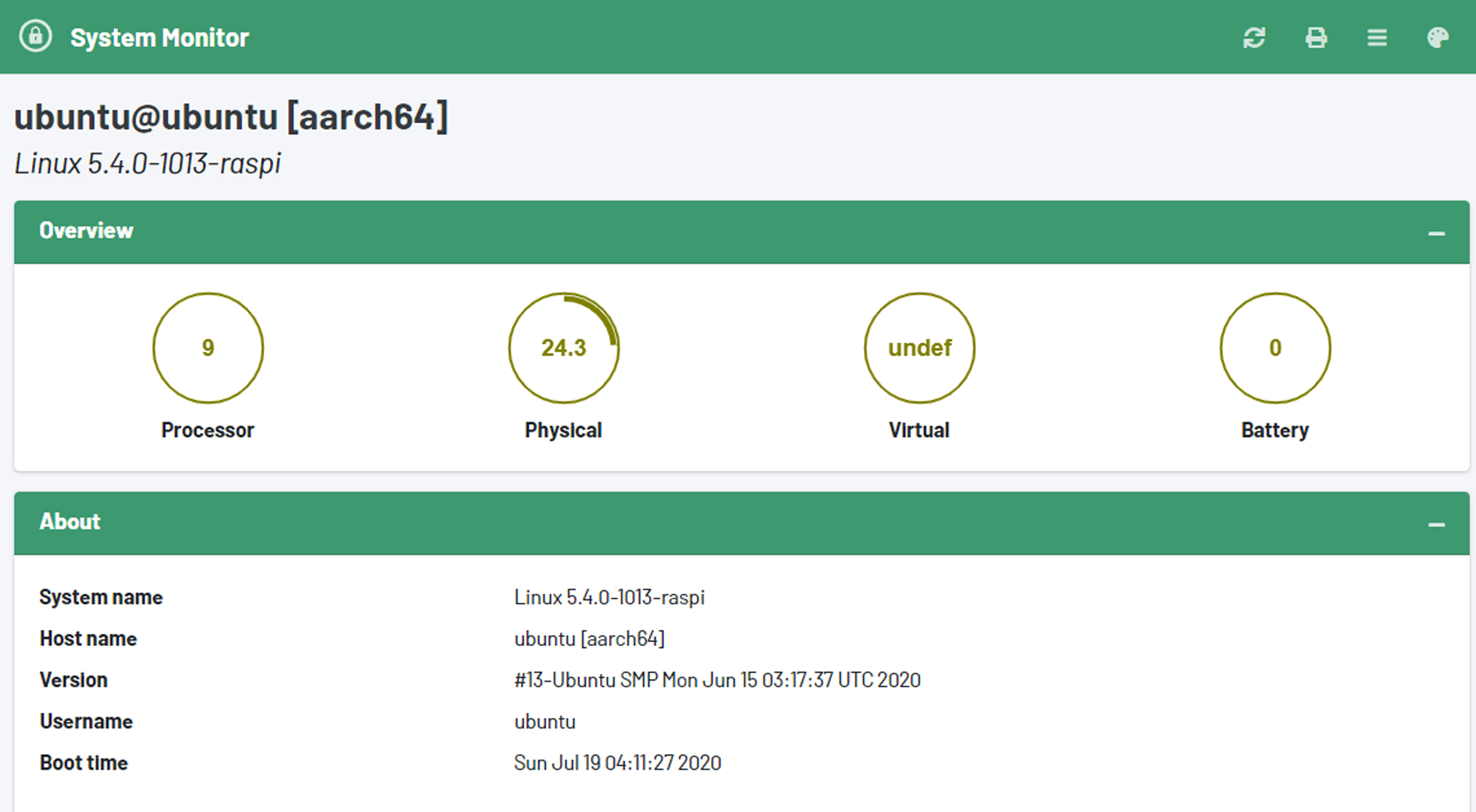How To Remotely Manage Raspberry Pi Free: Your Ultimate Guide
Managing your Raspberry Pi remotely without breaking the bank? Yes, it's possible, and we’re about to show you how! If you're diving into the world of Raspberry Pi, one of the first things you'll want to master is remote management. Whether you're a hobbyist or a tech enthusiast, learning how to remotely manage Raspberry Pi free is a game-changer. Imagine controlling your Pi from anywhere in the world without needing expensive tools or subscriptions. Sounds awesome, right?
Now, let’s be real—Raspberry Pi has become more than just a tiny computer for geeks. It’s a versatile little gadget that can handle everything from home automation to web servers. But what happens when you can’t physically access your Pi? That’s where remote management comes in. This guide will walk you through the process step-by-step, ensuring you’re set up like a pro.
Don’t worry if you’re new to this. We’ve got your back. By the end of this article, you’ll not only understand how to remotely manage Raspberry Pi free but also discover some cool tips and tricks to make the process smoother. So, grab a coffee, sit back, and let’s dive in!
- Evanna Lynch Nude Setting The Record Straight And Celebrating An Iconic Star
- Brittney Atwood Nude Separating Facts From Fiction And Exploring The Bigger Picture
Why Remotely Manage Raspberry Pi Free?
Before we jump into the nitty-gritty, let’s talk about why you should bother with remote management in the first place. Think about it—your Raspberry Pi could be running a media server, a security system, or even a weather station. If something goes wrong, you don’t want to physically go to the device every time, right? That’s where remote management shines.
Here’s the deal: with remote management, you can monitor and control your Pi from anywhere, at any time. No need for fancy software or pricey subscriptions. All you need is a stable internet connection and a bit of know-how. Plus, it’s free! Who doesn’t love free stuff?
Tools You Need to Get Started
Alright, let’s talk about the tools you’ll need to remotely manage Raspberry Pi free. Don’t freak out—most of these are probably already on your system, or they’re easy to install. Here’s a quick list:
- Lexi Rivera Naked Understanding The Sensation Behind The Search
- Gia Duddy Nudes Unveiling The Truth Behind The Clickbait
- Raspberry Pi (duh!)
- Raspberry Pi OS (or any other Linux-based OS)
- A stable internet connection (Wi-Fi or Ethernet)
- SSH (Secure Shell) enabled
- VNC Viewer (optional, for graphical access)
- A computer or smartphone to connect from
See? Not too complicated. Let’s break it down further in the next sections.
Enabling SSH on Your Raspberry Pi
SSH is your best friend when it comes to remotely manage Raspberry Pi free. It’s a secure way to connect to your Pi from another device. Here’s how you can enable it:
Step 1: Boot Up Your Raspberry Pi
First things first, power up your Pi and make sure it’s connected to your network. You can use either Wi-Fi or Ethernet—it’s up to you. Just ensure the connection is stable.
Step 2: Open Raspberry Pi Configuration
Once your Pi is up and running, open the terminal and type:
sudo raspi-config
This will bring up the Raspberry Pi Configuration menu. Navigate to “Interfacing Options” and select “SSH.” Enable it, and you’re good to go!
Connecting to Your Raspberry Pi via SSH
Now that SSH is enabled, it’s time to connect to your Pi from another device. Here’s how:
Option 1: Using Terminal (Mac/Linux)
If you’re on a Mac or Linux machine, open the terminal and type:
ssh pi@your_pi_ip_address
Replace “your_pi_ip_address” with the actual IP address of your Pi. Not sure how to find it? No worries—just type hostname -I in your Pi’s terminal.
Option 2: Using PuTTY (Windows)
Windows users can use PuTTY, a free SSH client. Download it, open it, and enter your Pi’s IP address in the “Host Name” field. Click “Open,” and you’re in!
Alternative Method: VNC Viewer for Graphical Access
What if you want to see your Pi’s desktop remotely? That’s where VNC Viewer comes in. Here’s how to set it up:
Step 1: Install VNC on Your Pi
Open the terminal and type:
sudo apt update
sudo apt install realvnc-vnc-server realvnc-vnc-viewer
This will install the VNC server on your Pi.
Step 2: Connect Using VNC Viewer
Download the VNC Viewer app on your computer or smartphone. Enter your Pi’s IP address, and you’ll get full graphical access to your Pi’s desktop. Pretty cool, huh?
Troubleshooting Common Issues
Let’s face it—things don’t always go smoothly. Here are some common issues you might encounter when trying to remotely manage Raspberry Pi free and how to fix them:
- Can’t Connect via SSH: Double-check your Pi’s IP address and make sure SSH is enabled.
- VNC Connection Fails: Ensure VNC is properly installed and running on your Pi.
- Network Issues: Restart your router or switch to Ethernet if Wi-Fi is causing problems.
Still stuck? Drop a comment below, and we’ll help you out!
Security Tips for Remote Management
Security is key when you’re remotely managing anything, including your Raspberry Pi. Here are a few tips to keep your Pi safe:
- Change the default password for the “pi” user.
- Use a strong, unique password for SSH access.
- Consider setting up a firewall to block unauthorized access.
- Regularly update your Pi’s software to patch any vulnerabilities.
By following these tips, you’ll ensure your Pi stays secure even when accessed remotely.
Advanced Tips for Power Users
If you’re feeling adventurous, here are a few advanced tips to take your remote management skills to the next level:
Set Up a Static IP Address
A static IP address makes it easier to connect to your Pi consistently. Here’s how:
sudo nano /etc/dhcpcd.conf
Add the following lines at the end of the file:
interface eth0
static ip_address=192.168.1.100/24
static routers=192.168.1.1
static domain_name_servers=192.168.1.1
Replace the IP address and other details with your network’s specifics.
Automate Tasks with Cron
Cron jobs allow you to schedule tasks on your Pi. For example, you could set up a script to back up your data every night. Here’s how to create a cron job:
crontab -e
Add your task, save, and you’re done!
Real-World Applications of Remote Management
Now that you know how to remotely manage Raspberry Pi free, let’s talk about some cool real-world applications:
- Home Automation: Control smart devices in your home from anywhere.
- Web Server: Host your own website or blog on your Pi.
- Security System: Monitor your home’s security cameras remotely.
- Media Server: Stream movies and music to all your devices.
The possibilities are endless. Get creative and see what you can build!
Conclusion: Take Your Pi to the Next Level
And there you have it—a comprehensive guide on how to remotely manage Raspberry Pi free. From enabling SSH to setting up VNC, we’ve covered everything you need to know. Remember, security is paramount, so don’t skip those tips!
Now it’s your turn. Have you tried remote management before? What cool projects have you built using your Raspberry Pi? Let us know in the comments below. And if you found this article helpful, don’t forget to share it with your friends!
Table of Contents:
- Why Remotely Manage Raspberry Pi Free?
- Tools You Need to Get Started
- Enabling SSH on Your Raspberry Pi
- Connecting to Your Raspberry Pi via SSH
- Alternative Method: VNC Viewer for Graphical Access
- Troubleshooting Common Issues
- Security Tips for Remote Management
- Advanced Tips for Power Users
- Real-World Applications of Remote Management
- Conclusion: Take Your Pi to the Next Level



Detail Author:
- Name : Antone Zulauf
- Username : bessie30
- Email : effertz.freida@gmail.com
- Birthdate : 1989-09-29
- Address : 7631 Schmitt Roads East Kole, RI 03054
- Phone : +1.516.755.0252
- Company : Halvorson and Sons
- Job : Surveyor
- Bio : Eius sint magni aut neque officiis quaerat. Adipisci corporis voluptatem voluptas dignissimos reprehenderit qui in. Nihil dolores beatae pariatur.
Socials
twitter:
- url : https://twitter.com/lillian_swaniawski
- username : lillian_swaniawski
- bio : Ipsum inventore error et sapiente magnam quas esse. Eius deleniti nam aperiam deleniti aliquid qui neque. Et tempore similique mollitia beatae.
- followers : 3958
- following : 1573
tiktok:
- url : https://tiktok.com/@swaniawski1975
- username : swaniawski1975
- bio : Rerum nisi quia molestiae debitis quidem molestias quaerat similique.
- followers : 568
- following : 2226
facebook:
- url : https://facebook.com/lillian80
- username : lillian80
- bio : Id minima totam fuga aut dolores aut accusamus.
- followers : 5197
- following : 2250
instagram:
- url : https://instagram.com/swaniawskil
- username : swaniawskil
- bio : Id est provident rem dignissimos. Ut fugit aspernatur voluptas et perspiciatis numquam.
- followers : 6871
- following : 2466